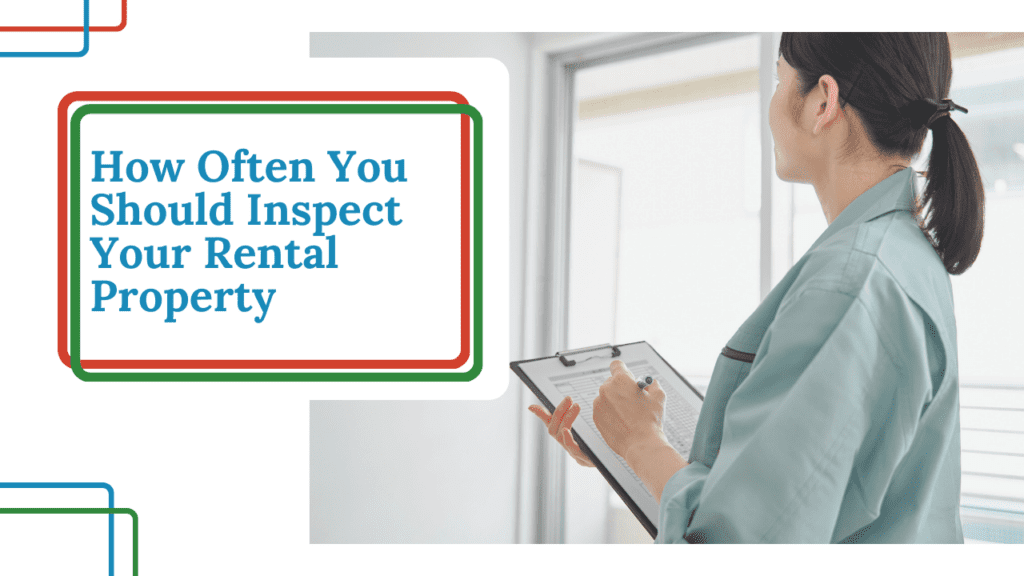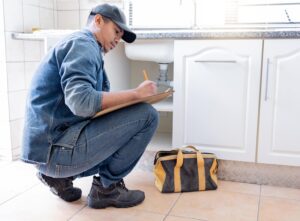
Inspecting your Charleston rental home is non-negotiable. You cannot leave it alone and expect it to remain well-maintained and in good shape. Inspections give you the opportunity to look for deferred and unreported maintenance needs, to document its condition, and to ensure your tenants are taking proper care of the property and meeting the expectations you’ve set for the tenancy.
However, you don’t want to disrupt your tenants or invade their privacy. You cannot should up every month, hoping to take a look around
What’s the right balance?
In many ways, it depends on your property. We believe there are three critical inspections that need to take place:
- The move-in inspection
- The move-out inspection
- One maintenance inspection mid-lease
If your rental property needs a lot of attention and care because it’s older or unique, inspecting more frequently might be necessary.
Here’s how to space out those inspections and negotiate them with your tenants.
Documenting the Condition of Your Charleston Rental Property (Move-In)
The move-in inspection is perhaps the most critical inspection of the entire rental process.
This is your best opportunity to get an accurate and descriptive picture of how your home looks before your tenants take possession. You’ll want to make sure everything is working and clean and ready for occupancy. You’ll also want to take a lot of pictures, notes, and even videos to document the condition of the property.
Be as detailed as possible. Take pictures of screens and floors. Include photos of doors, ceilings, and closets. Don’t miss anything, because at the end of the lease term, when you’re deciding whether to deduct money from the security deposit to pay for damage, you’ll need to be able to prove that the problem did not exist when the tenant moved in.
Comparing the Condition of Your Charleston Rental Property (Move-Out)
During the move-out inspection, you’ll cover the same ground that you did before the tenant moved in. You’ll take the same pictures and you’ll review the initial condition report.
Normal wear and tear is to be expected, and you’ll have to absorb those expenses as part of your turnover costs. Damage is different, however, and good inspection reports will help you identify tenant damage and separate it from normal wear and tear.
If your tenant disputes a charge against their security deposit, you’ll have the documentation to back it up thanks to outstanding move-in and move-out inspections. This will help you settle the dispute and avoid further conflict.
Mid-Lease Inspections
 Those move-in and move-out inspections are easy enough to schedule because you don’t have to include your tenant.
Those move-in and move-out inspections are easy enough to schedule because you don’t have to include your tenant.
But, a mid-lease inspection is also critical, and you’ll have to work with your tenants to schedule these.
Walking through the property while it’s occupied will allow you to:
- Check for unreported or deferred maintenance. These repairs you’re not aware of will almost always increase in cost the longer they’re ignored. Avoid that by conducting a maintenance check.
- Look for lease violations. Hopefully, there aren’t any. But, if you see a box of cat litter when you don’t approve of any pets or a bunch of ashtrays when you have a strict no-smoking policy, you’ll need to address those things.
Let your tenants know that this inspection is part of the lease agreement so they’re not surprised when you get in touch to schedule it. This inspection also allows you to check in with your tenant and make sure everything is going well. You want to be responsive to their needs and make this inspection something that benefits them as well.
These are the three inspections we recommend during a one-year lease term. If you’d like to talk more about how inspections benefit your property, please contact us at Charleston Home Rentals.